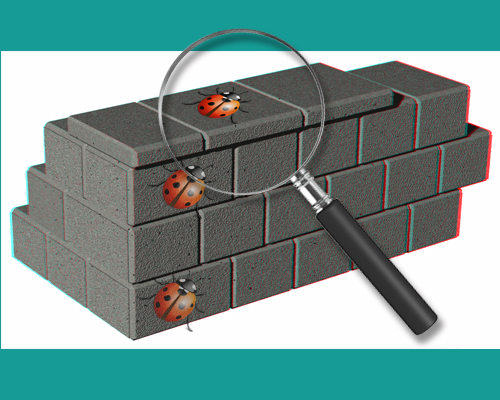Let me first tell you what is a bug tracking tool??
Bug tracking tool is actually a software application that enables us to keep track of reported bugs, defects or issues. Bug tracking tool is also called defect tracking tool. There is a number of bug tracking tool available online in the market.
Bug tracking tool is actually a software application that enables us to keep track of reported bugs, defects or issues. Bug tracking tool is also called defect tracking tool. There is a number of bug tracking tool available online in the market.
As we all know that Bugzilla is a bug tracking tool, which is widely used by software testers for creating reports and various other tasks. So, I think it is mandatory that every software tester should be well known to Bugzilla & its working. Previously we discussed How to login to Bugzilla in part 1 & then we discuss that how to create reports in Bugzilla in part 2. Now today we are going to discuss that how to create graphs in Bugzilla.
Through graphs, we can view the current state of the bug database. In this, we can run reports either through HTML tables or graphical lines/pie chart. The idea behind creating graphical reports in Bugzilla (bug tracking tool) is to define a set of bugs using standard search interface & then it allows us to choose some aspect of that set to plot on horizontal as well as vertical axes. And if you choose vertical pages, then you will get a 3-dimensional plot.
Step #1:
In order to view your report in graphical representations. We first have to choose & click on the reports from the Main Menu & after that, we have to select a graphical report from the drop down menu.
Step#2:
If for example we have to create a graph %complete vs deadline. Therefore, for this, we have to choose values on vertical as well as the horizontal axis. So, we choose %complete on vertical axis and deadline on the horizontal axis.
Now we have to set various options in order to present the reports graphically.
Ø Vertical as well as horizontal axis
Ø Multiple Images
Ø Various graphs like format line graph, pie chart, bar graphs etc.
Ø Plot data set
Ø Classify your bug
Ø Classify your product as well as component
Ø Classify bug status
Ø Select resolution
Ø Click on generate report
After filling all these fields, we will get the required graphical report.
This is all for today’s blog on the topic Bugzilla (bug tracking tool). In our next post, we will continue our discussion and I will let know you know about Browse option, simple search option in Bugzilla and many more.
Till then please keep visiting our website www.scopidea.com for more useful & knowledgeable blogs and articles.

